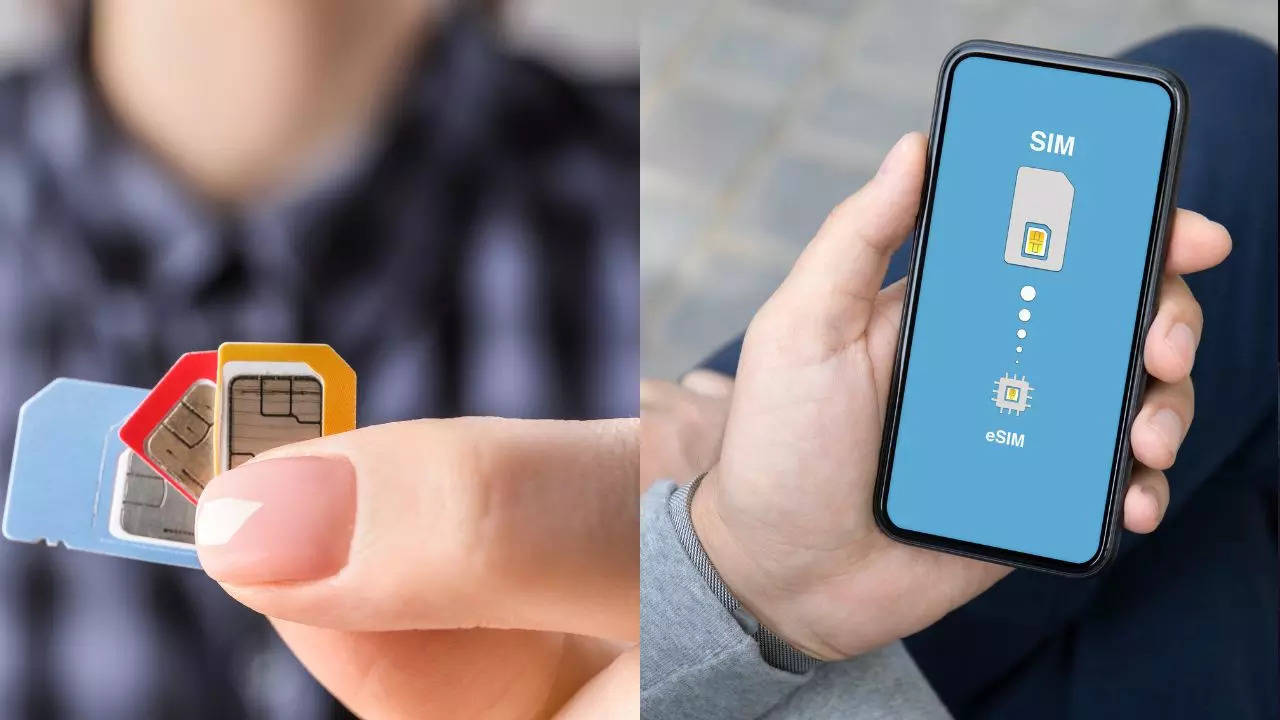[ad_1]
Whereas top-tier smartphone manufacturers like Google, Apple and Samsung provide eSIM assist in virtually all their premium fashions, the adoption of the identical in smartphones from Chinese language firms like Xiaomi, Vivo, Oppo, OnePlus and Realme has been virtually negligible. That is identical for his or her high-end, medium in addition to low-end fashions. Throughout the portfolio, these manufacturers have been notably gradual in adoption of e-SIMs.
Right here in accordance with a report in Financial Occasions, an enormous purpose is that there is a reluctance to increase this characteristic to inexpensive smartphones amongst Chinese language smartphone manufacturers. It is because China, a vital market and the house nation of those manufacturers, has strict laws on e-SIMs on account of safety issues. It’s not clear if there’s an specific ban, however even Apple, which is the primary firm to assist e-SIMs, doesn’t promote iPhones with e-SIMs in China mainland.
Consequently, producers are hesitant to incur further prices for eSIM compatibility in gadgets meant for the Indian market, the place cost-effectiveness is a significant factor.
When Airtel CEO ‘batted’ for e-SIMs
Telcos, then again, are eager on selling eSIM adoption within the inexpensive section as it may well result in value reductions. Additionally, name high quality is broadly regarded to be higher in telephones with e-SIM. Earlier this 12 months, citing the advantages of utilizing digital SIMs, Gopal Vittal, CEO, Airtel, had urged the telco’s massive consumer base to shift from bodily eSIMs saying, “In these instances of digital-first existence, the place mobiles, tablets and watches are all interconnected, the e-SIM will present seamless connectivity for you.”
“For example, it is possible for you to to go for a morning jog and never carry your cellphone alongside for the reason that e-SIM will allow connectivity in your smartwatch whereas your cellphone sits by your bedside at residence and also you get pleasure from your run,” Vittal wrote to the subscribers.
Nevertheless, as of December 2023, solely about 10-15% of smartphones offered in India supported eSIMs, with Counterpoint Analysis predicting a gradual improve to twenty% over the following 5 years. That is in stark distinction to the US, the place eSIM penetration has reached 70%. In truth, the iPhone 15 sequence fashions launched within the US don’t assist bodily SIM.
Trade specialists imagine that as prices related to eSIM expertise lower and the availability chain matures, extra smartphone producers will be predisposed to undertake eSIMs of their inexpensive fashions. This shift would convey a number of advantages to each telcos and shoppers, together with value financial savings, enhanced safety, and larger flexibility.
Whereas the potential of eSIMs is simple, the street to widespread adoption in India is prone to be gradual, influenced by components corresponding to authorities insurance policies, client consciousness, and technological developments.
[ad_2]
This Publish could comprise copywrite



